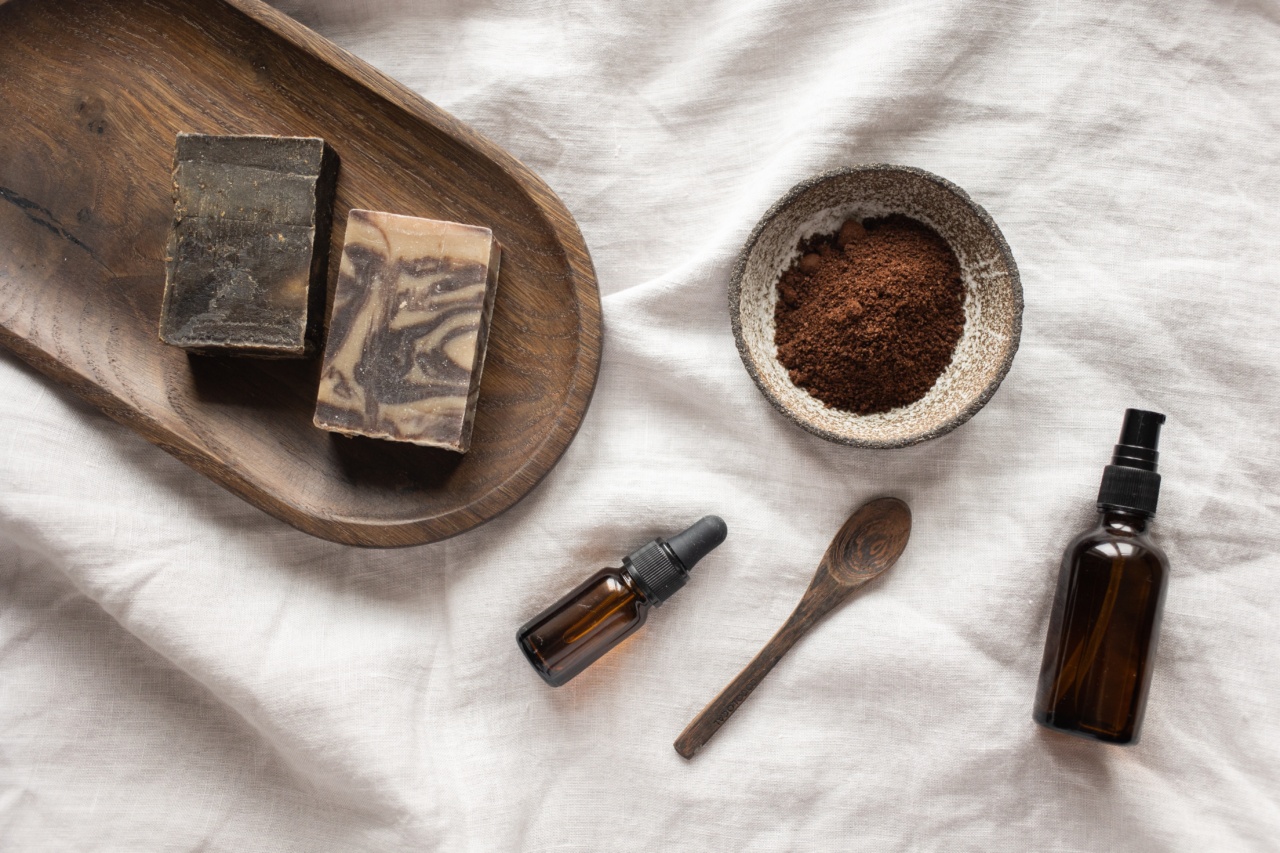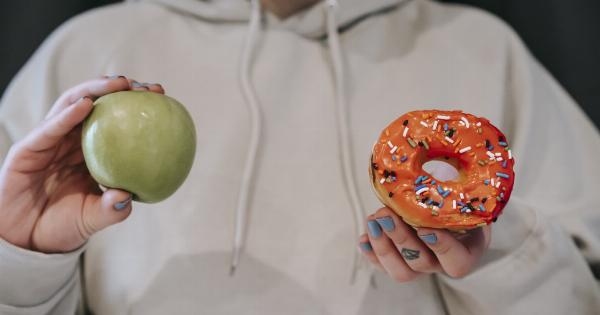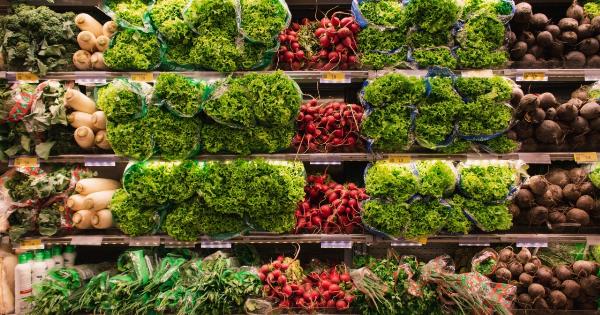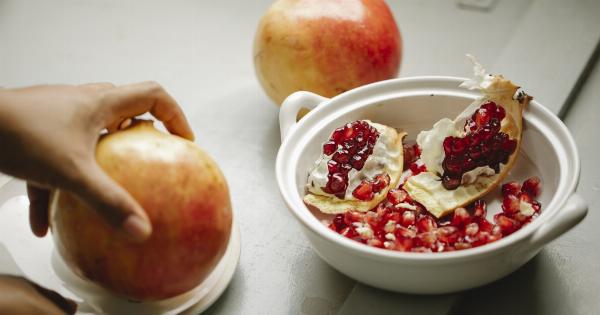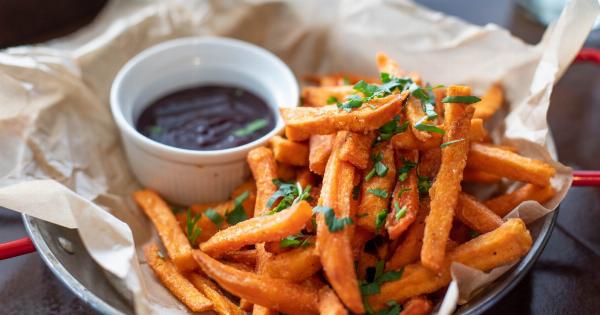In today’s fast-paced world, we often rely on quick and convenient refreshments to keep us energized throughout the day.
From morning coffees to midday snacks and evening beverages, these refreshments have become an integral part of our daily routine. However, what many of us fail to realize is the impact these refreshments can have on our overall calorie intake. Knowing the calorie count of your daily refreshments is crucial for maintaining a healthy lifestyle.
In this article, we will explore the calorie content of some commonly consumed refreshments, and provide tips on making healthier choices.
The Importance of Knowing Calorie Count
Understanding the calorie count of your daily refreshments is essential for several reasons. Firstly, it helps in weight management.
Consuming excessive calories can lead to weight gain, while consuming too few calories can have negative impacts on your overall health. By knowing the calorie count of your refreshments, you can make informed choices and maintain a healthy balance.
Secondly, knowing the calorie content can help you make healthier choices. Many refreshments, especially those that are commercially prepared, often contain high amounts of added sugars and unhealthy fats.
Being aware of the calorie count and nutritional composition can help you opt for alternatives with lower calories and better nutrient profiles.
Calories in Common Refreshments
Let’s take a closer look at the calorie count of some common refreshments:.
1. Coffee and Tea
Coffee and tea are popular beverages consumed by millions of people worldwide. The calorie content of these drinks can vary depending on how they are prepared and any additional ingredients added.
A plain cup of black coffee or unsweetened tea contains almost zero calories. However, when sugar, milk, cream, or flavorings are added, the calorie count starts to rise.
For example, a small-sized caramel latte from a popular coffee chain can contain around 180 calories, primarily from added sugars and whole milk.
2. Fruit Juices
Fruit juices are often perceived as healthy choices, but they can be surprisingly high in calories. While they do contain vitamins and minerals, they also pack a significant amount of sugar.
A glass of orange juice can contain around 120 calories, mainly from natural sugars present in the fruit.
It’s important to note that fruit juices lack the fiber found in whole fruits, which means they can lead to a rapid increase in blood sugar levels. Opting for whole fruits or freshly squeezed juices without added sugars can be a healthier alternative.
3. Carbonated Drinks
Carbonated drinks, such as soda and cola, are highly popular but notorious for their high sugar content. These beverages are often devoid of any nutritional value and can lead to weight gain and various health issues when consumed in excess.
A standard can of soda can contain around 150 calories, all coming from added sugars. Choosing sugar-free alternatives or opting for flavored sparkling water can be a healthier choice if you enjoy the fizzy sensation.
4. Alcoholic Beverages
Alcoholic beverages are also worth considering when it comes to calorie intake. They not only contain alcohol, which itself is highly caloric, but they are often mixed with sugary mixers, leading to a higher calorie content.
A can of beer contains around 150 calories, while a glass of wine may have around 120 calories. Cocktails, on the other hand, can vary significantly depending on the ingredients used.
Some cocktails can contain hundreds of calories, primarily from sweetened mixers. Opting for light beer, dry wine, or spirits with low-calorie mixers can help reduce the overall calorie intake associated with alcohol consumption.
5. Snacks and Treats
Snacks and treats play a significant role in our daily refreshments. From cookies and cakes to chips and chocolate bars, they often provide a quick burst of energy but can be high in calories.
A single chocolate chip cookie can have around 50-80 calories, while a small bag of potato chips may contain around 150 calories. These numbers can add up quickly, especially if you indulge in multiple snacks throughout the day.
Opting for healthier snack alternatives such as nuts, seeds, or fresh fruits can help curb unnecessary calorie consumption.
Tips for Making Healthier Choices
Now that you are aware of the calorie count of some common refreshments, here are some tips to help you make healthier choices:.
1. Read Labels
When buying packaged refreshments, always read the nutrition labels. Check the calorie count, as well as the sugar, fat, and sodium content. Compare different brands and choose the ones with lower calorie and healthier nutrient profiles.
2. Opt for Homemade
Preparing your own refreshments at home allows you to control the ingredients and portion sizes. You can use healthier alternatives like natural sweeteners, low-fat milk, and fresh fruits to reduce the overall calorie content.
3. Be Mindful of Portion Sizes
Even if a refreshment is relatively low in calories, consuming large portions can still contribute to excessive calorie intake. Be mindful of portion sizes and avoid super-sized or jumbo servings.
Use smaller cups, glasses, or plates to help control your portions.
4. Choose Low-Calorie Alternatives
Look for low-calorie or zero-calorie alternatives for your favorite refreshments. For example, opt for herbal tea or infused water instead of sugary beverages.
Use low-calorie sweeteners or herbs and spices to add flavor to your drinks instead of sugar or syrups.
5. Stay Hydrated
Adequate hydration is essential for overall health. Often, when we feel thirsty, we reach for a refreshment without considering the calorie content.
Make it a habit to drink plain water throughout the day to stay hydrated and reduce unnecessary calorie intake.
Conclusion
Knowing the calorie count of your daily refreshments is crucial for maintaining a healthy lifestyle.
By being aware of the calorie content, you can make smarter choices and opt for healthier alternatives, leading to better overall health and weight management. Remember to read labels, be mindful of portion sizes, and choose homemade or low-calorie options whenever possible.
With a little knowledge and conscious decision-making, you can enjoy your daily refreshments while still keeping your calorie intake in check.
